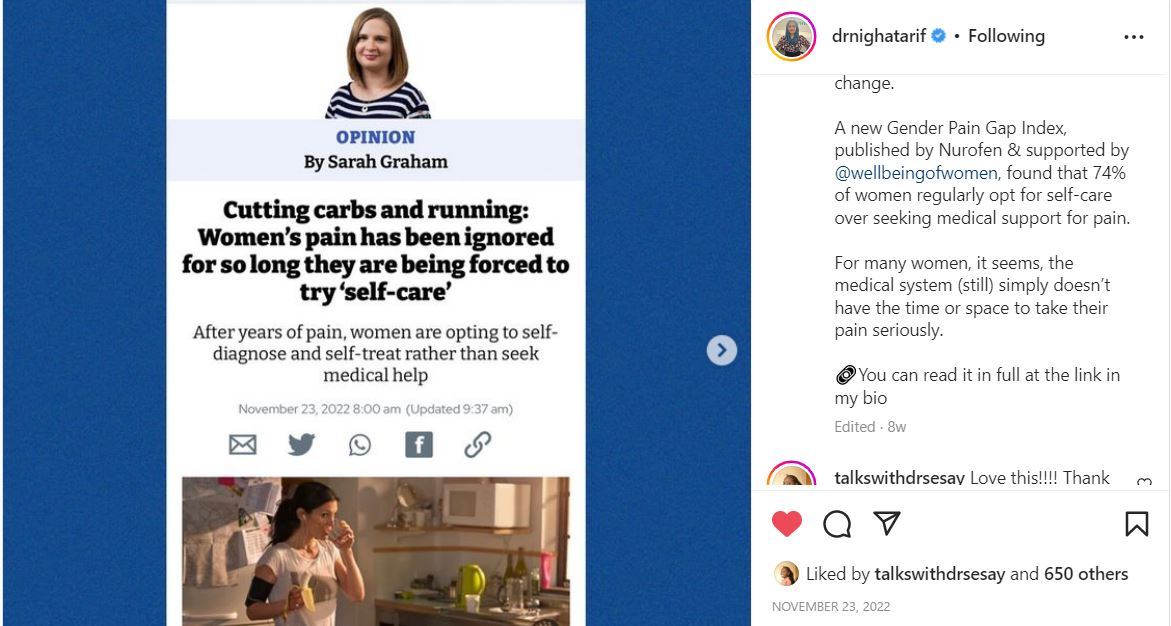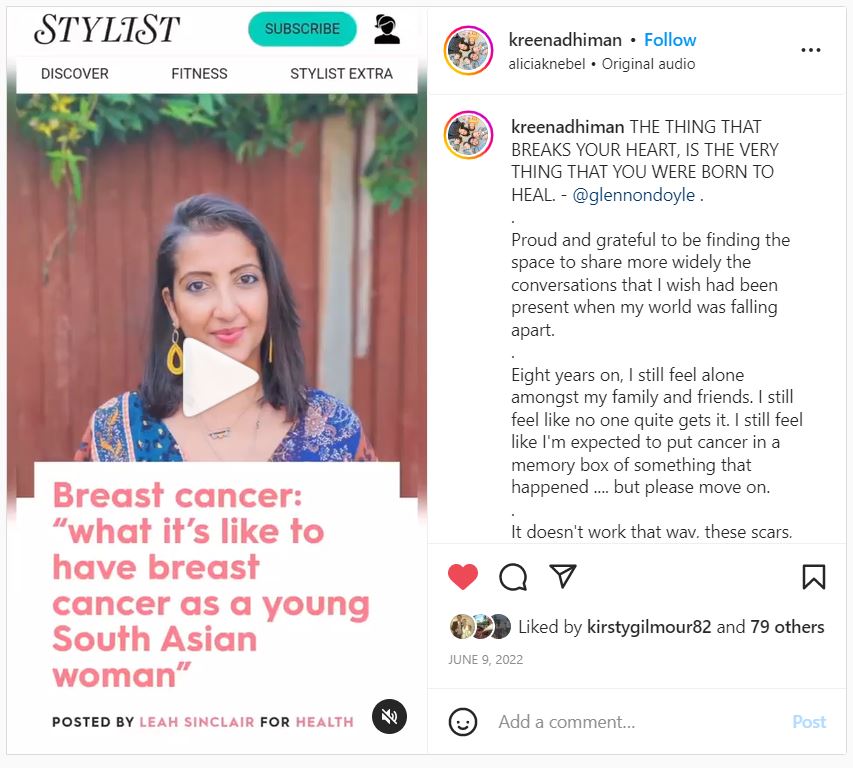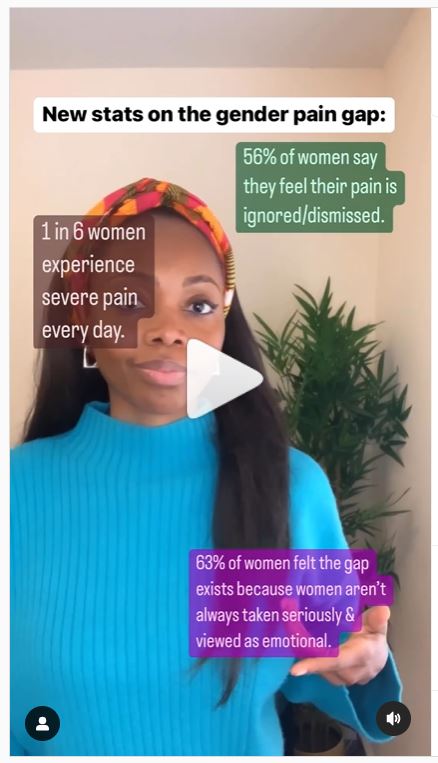Why I’ve stayed at Virgo for 18 years and counting
By Natasha Weeks, Executive Director, Virgo Health
I can’t quite believe I joined Virgo Health almost 18 years ago. I started out at our first office in Richmond as a JAE working across a range of pharma clients. At the time I was one of around 20 people and we were on a mission to create Communications without Compromise. Perhaps it was my journalism training, but my passion was and still is storytelling – I wanted to tell health stories to consumers.
So as Virgo Health hits its 20th milestone, apart from making me feel old 😉, I can’t help but reflect on what it is about Virgo that’s made me stay so long.
Yet it’s simple really – because I love the people I work with and the work that we do.
And it’s stayed that way, as the one thing that hasn’t changed in all this time is Virgo’s ethos and values. From Day 1 Virgo was a people-first agency, driven by our mission not to compromise our people or our clients. Over the years our culture has been kept alive by the old-timers and made more relevant by Virgo’s new generations.
But of course, even the nicest place to work doesn’t mean much if you can’t find purpose in your work. I’ve been fortunate enough to find plenty, from creating ‘Emma: Work Colleague of the Future’, the most awarded health campaign of the year in 2020, to supporting parents through lockdown with Waterwipes, increasing representation during Breast Cancer Awareness Month and being part of an incredible media team that launched the world-first bivalent Covid-19 vaccine for Moderna.
I do wonder if Virgo and I simply grew together, first as a young PR in a fledging agency it was wonderful to be part of building something new, then when we were acquired by Golin my life was also changing as I started a family. Being part of Golin also offered new challenges and opportunities, providing access to a global network and I’ve been lucky enough to spend time at Golin in Chicago and New York and work with colleagues across the world.
A real highlight for me, as Consumer Health lead, has been working in collaboration with the Golin consumer teams to work on big consumer brands benefiting from healthcare expertise. Our hybrid working model is something that continues to set us apart and I’m hugely proud to work on Asics and Specsavers with the best creative and earned media minds in the business.
Of course, across 18 years it wasn’t all plain sailing, moving from Richmond to Central London and being part of a network was a huge transition, and then there was lockdown-working with two young kids! But the magic has been, and hopefully will always be, Virgo’s strong sense of purpose as an agency that wants the very best for its people and its clients.
Who knows if I’ll be writing this column again in another 20 years, but if I’m not, I imagine someone else saying something very similar.
That’s the Purple Power.


